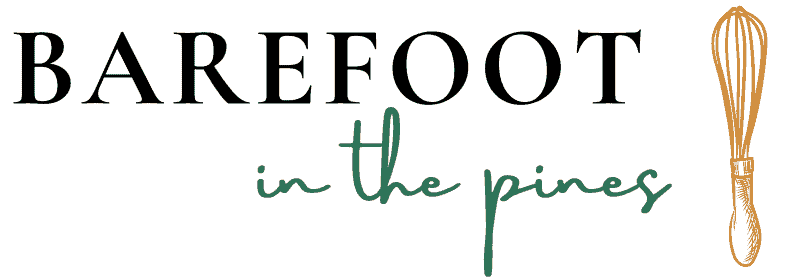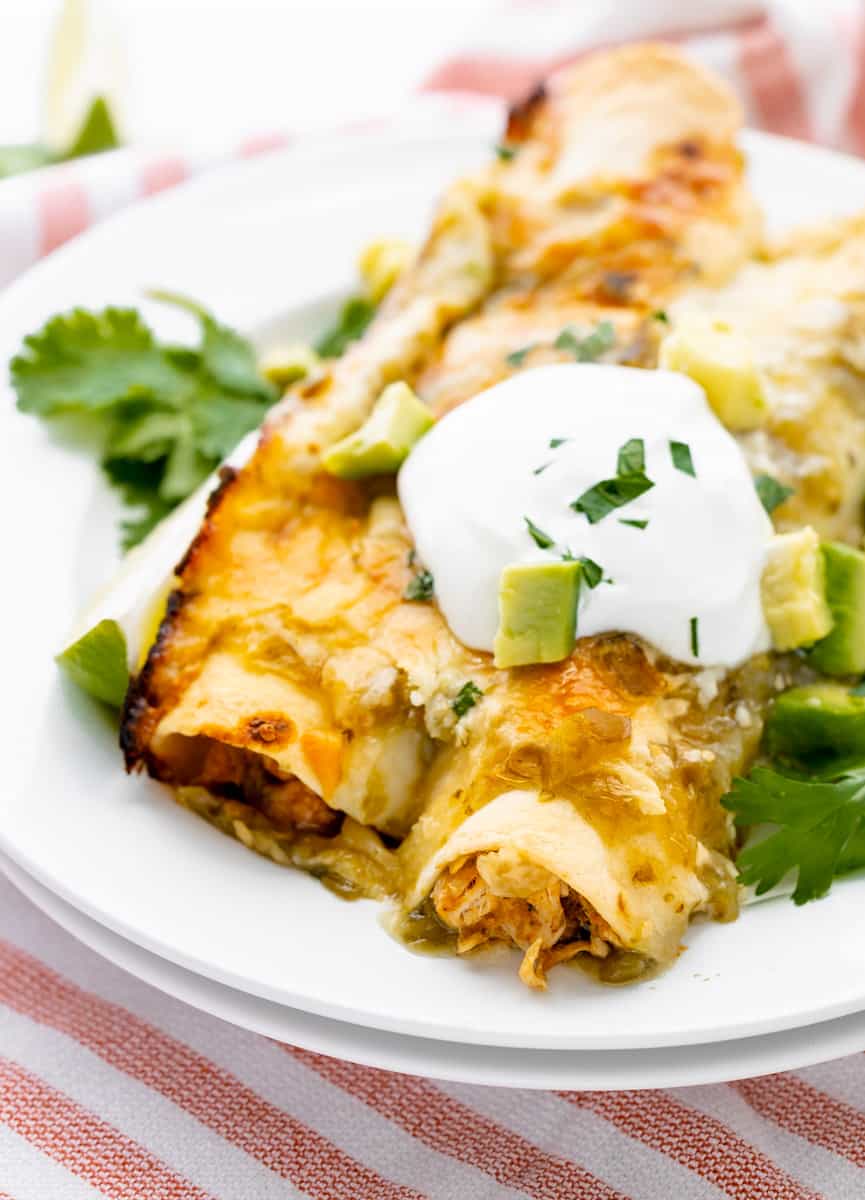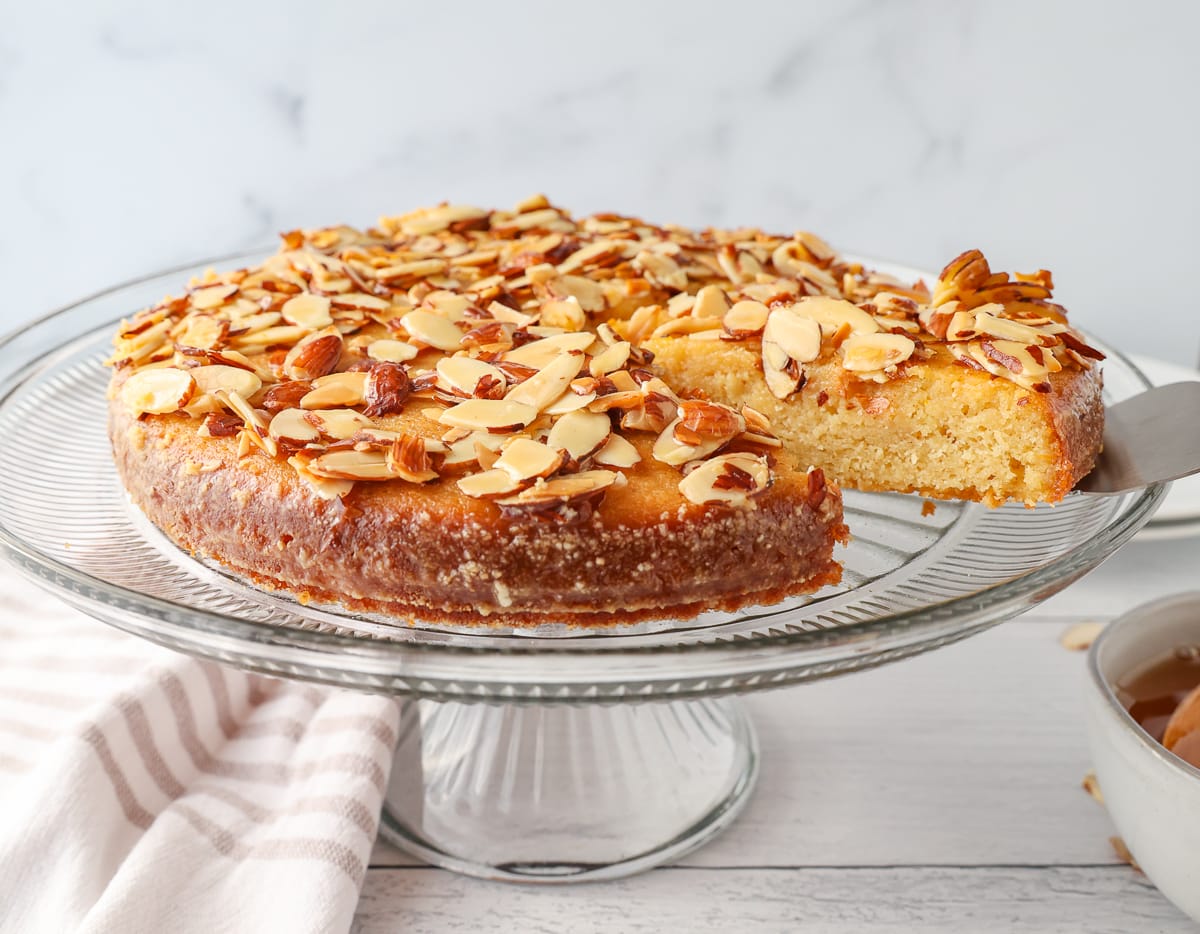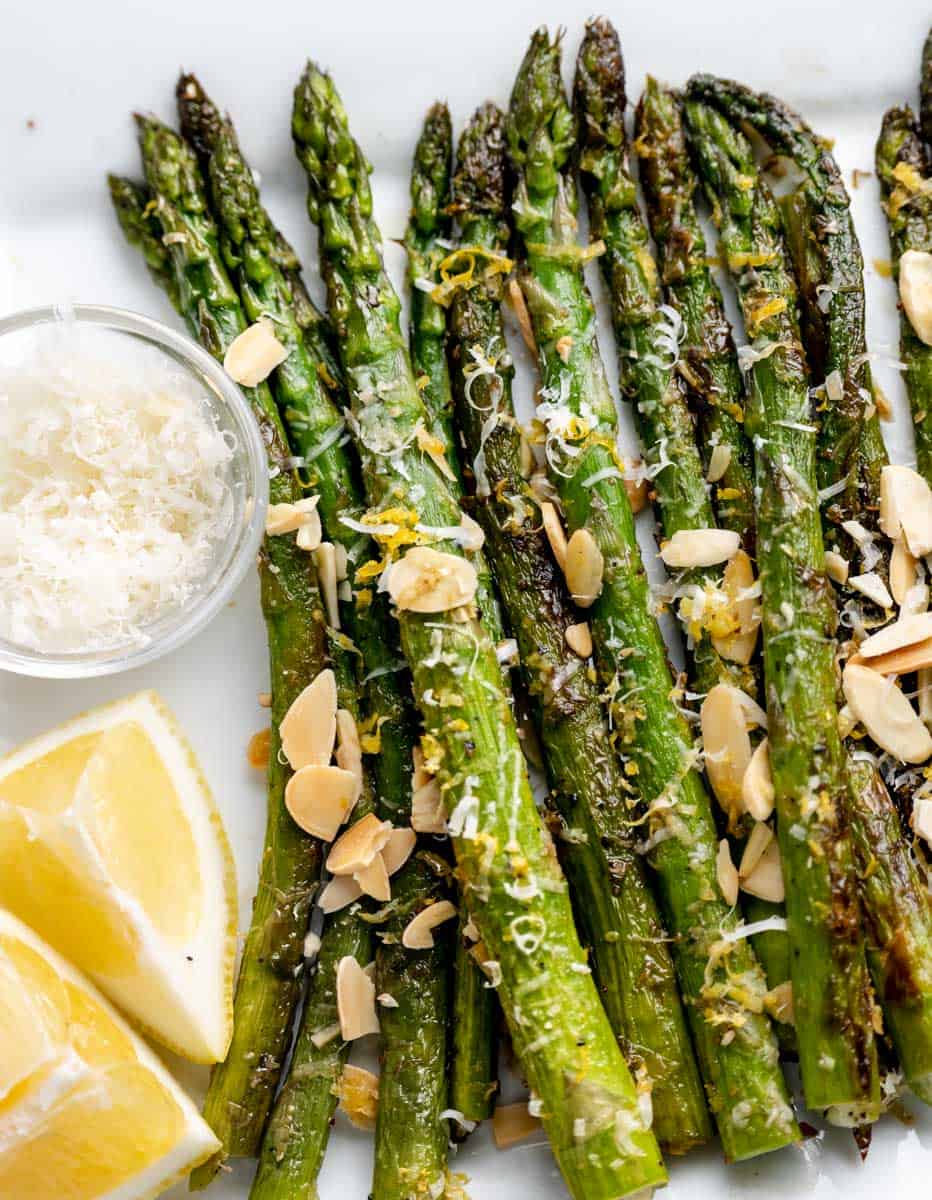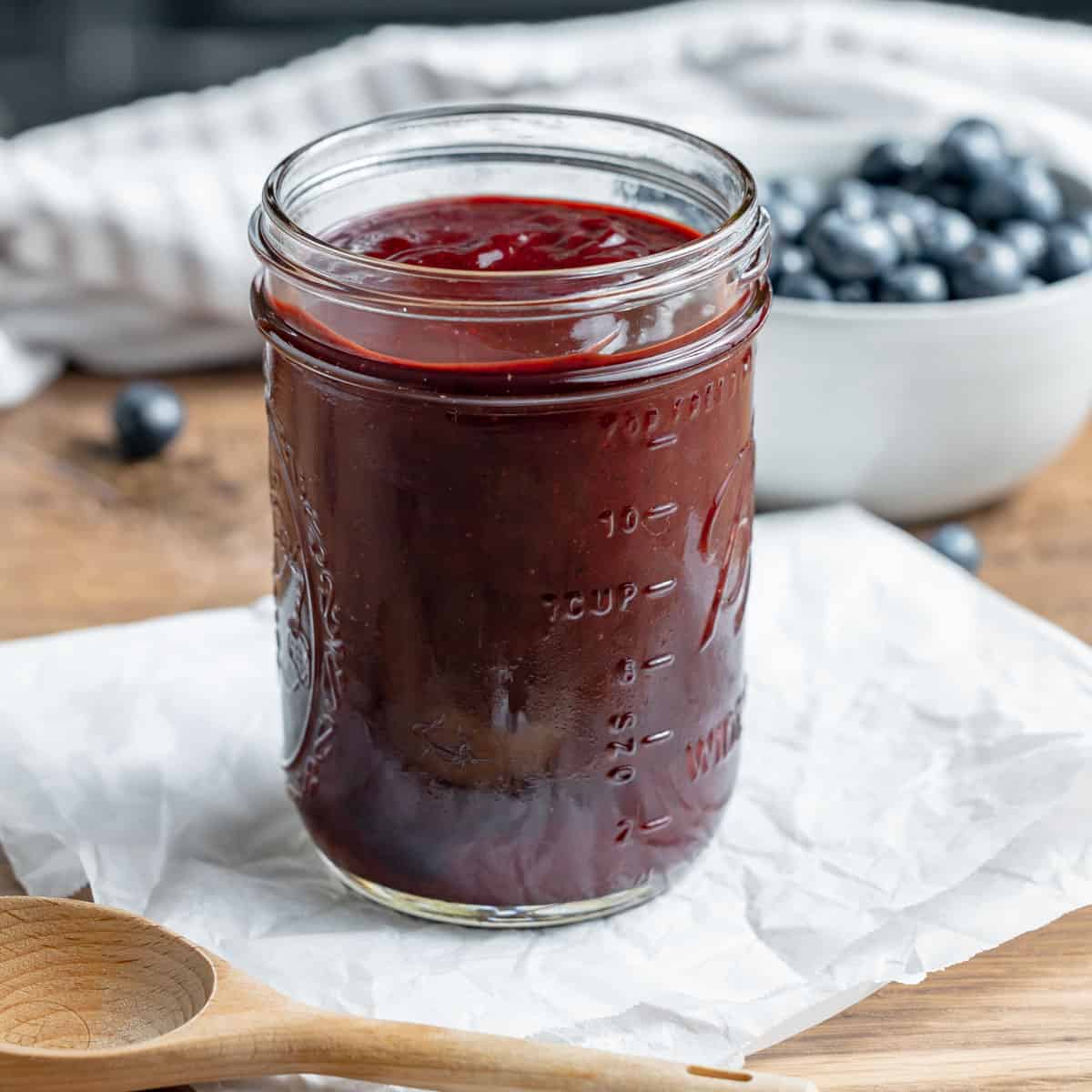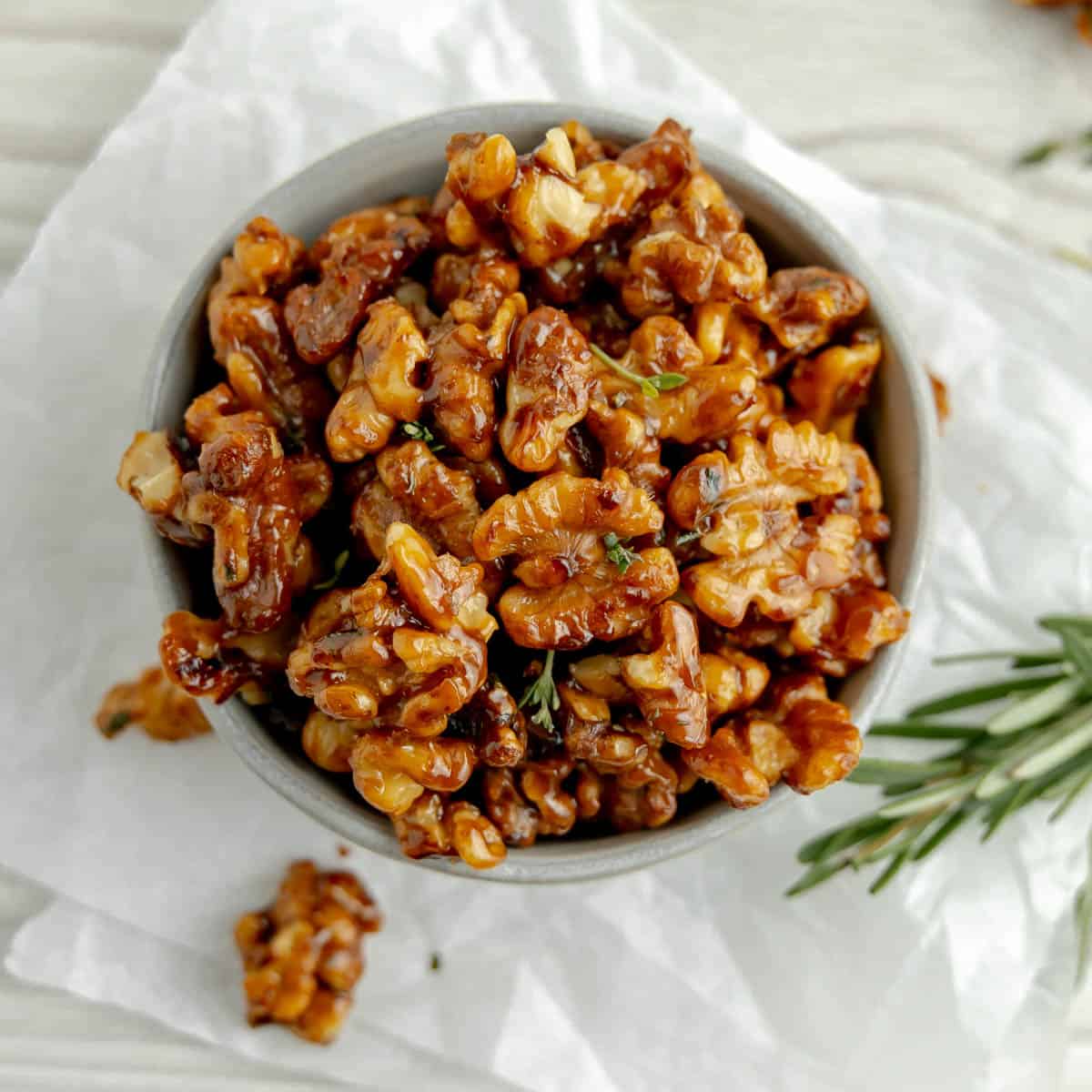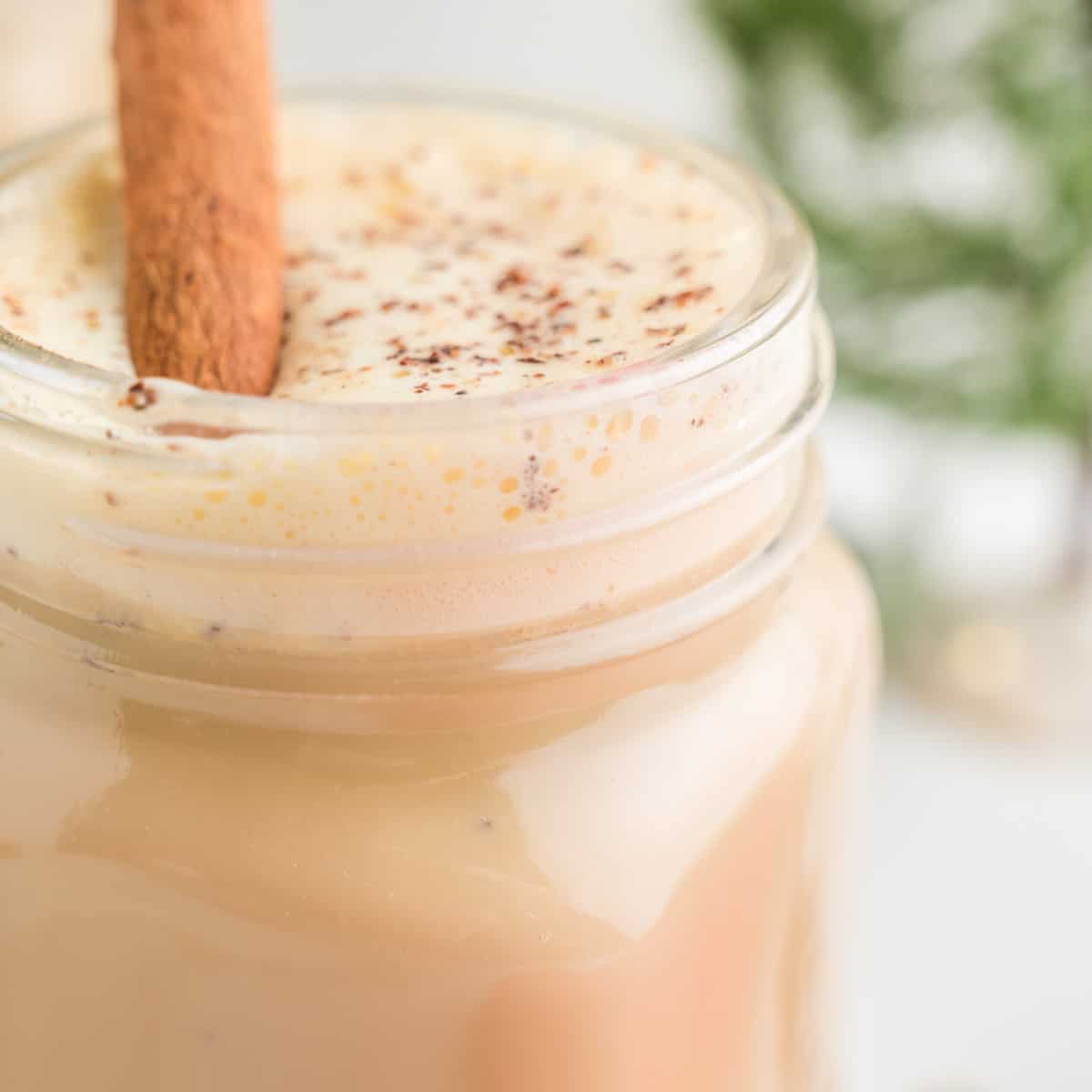How To Make Brown Butter
Learning how to brown butter is an easy skill and the rewards are handsome when it comes to adding extra flavor to your recipes. Browning your butter adds an extra layer of warmth and nuttiness to any dish, taking it from ordinary to next level.

Want to save this recipe?
Enter your email & I’ll send it to your inbox. Plus, get great new recipes from me every week!
What is brown butter?
Brown butter is an ordinary stick of butter (salted or unsalted) that is cooked low and slow until the milk solids settle to the bottom of the pot and brown. The sugars in the milk solids actually start to caramelize during the cooking process, which turns the butter brown and gives it a nutty toasty aroma and deep flavor.
Brown butter is super versatile and can be used in sweet baked goods or savory dishes.
Check out Chocolate Chip Rice Krispie Treats and Honey Almond Cake, which are two desserts that LOVE using brown butter.
As mentioned before, brown butter can be used for savory dishes too! Add it to tasty roasted cauliflower for extra flavor or use it for a simple brown butter sauce to toss with pasta and herbs.
How to brown butter
Here’s what you’ll need:
- Unsalted or salted butter (stick variety).
- A saucepan or skillet with a light colored bottom.
- A rubber spatula or a wooden spoon for stirring.
Depending on how much butter your recipe calls for, add your stick(s) of butter to the saucepan. Melt over medium heat.

Once the butter is completely melted and bubbling, stir frequently to prevent splattering. Do not walk away!
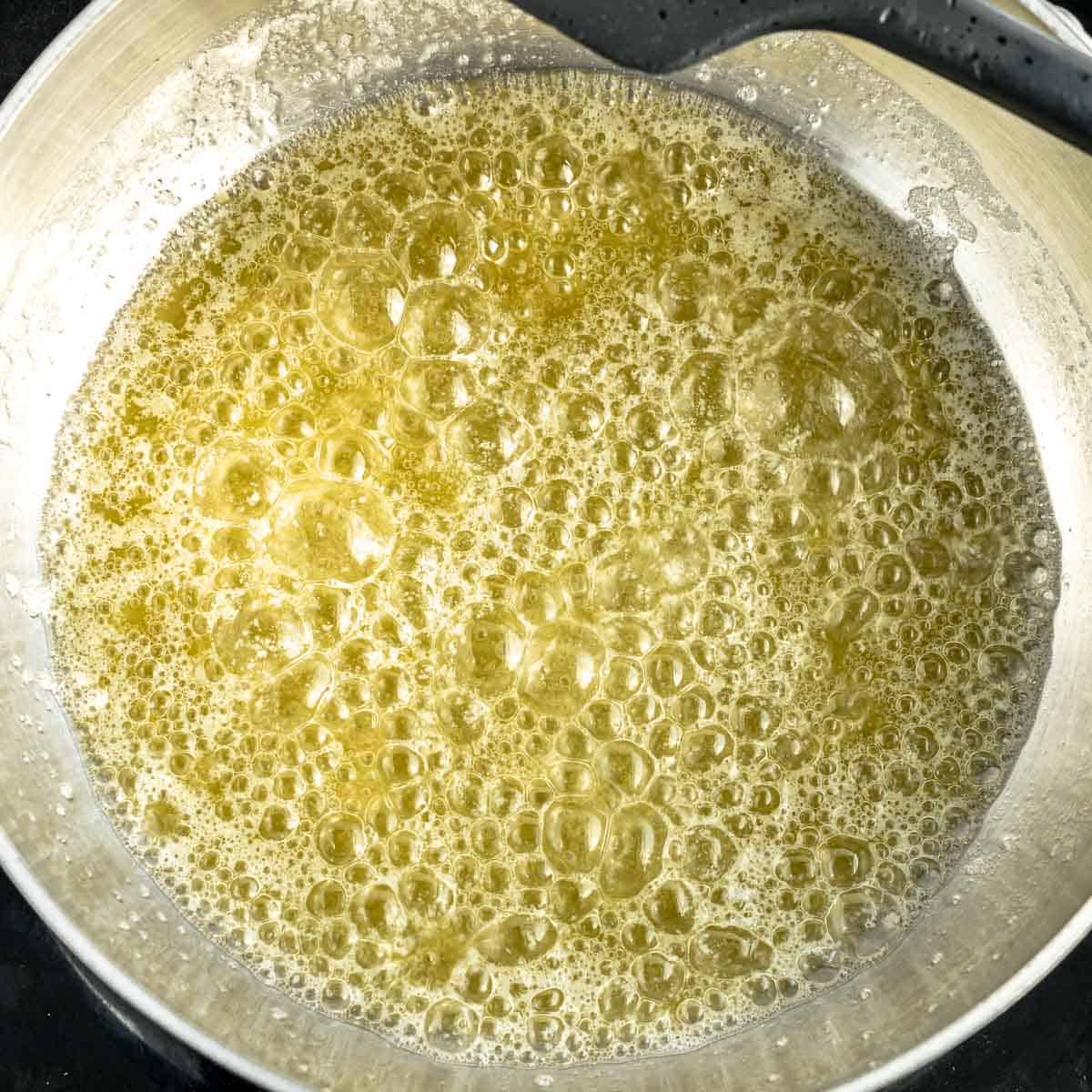

After about 3-4 minutes, the milk solids should start sinking to the bottom of the pan, and much of the foam will start to dissipate.
Continue to cook and stir the butter gently over medium heat until the milk solids have turned a golden amber color, about 5-7 minutes.
Immediately remove the butter from the heat and transfer it to another vessel, to prevent burning.


Use immediately for a sauce or allow the butter to cool for use in baking.
Tips
- Use the stick form of butter. Don’t use the spreadable butter in the tubs.
- Brown your butter in a pan with a light colored bottom. This will help you to see the browned milk solids easier. A stainless steel or an enameled cast iron pan is perfect for this.
- Stir the butter constantly after melting. This will keep the butter from sputtering out of the pan, help the milk solids brown evenly, and keep the butter from burning.
- Once the butter has melted, do not walk away from the pan. Once the butter starts to brown, it happens very fast and can burn very quickly if you’re not watching the pan.
- After the butter is a golden amber color, immediately remove the butter from the heat. The butter continues to cook in the pan even if the heat is off, so by removing the butter from the heat and transferring it to a separate dish, you’re ensuring the butter doesn’t go from brown to burned.
Storage
If you’re not planning to use your brown butter right away, you can transfer it to a glass jar, let it cool and store it in the fridge (covered) for up to a month.
When you’re ready to use, depending on the recipe, gently melt it in the microwave until just liquified, or allow it to sit at room temperature to soften.

Substituting with brown butter
If you want to add extra flavor and nuttiness to baked goods like butterscotch chocolate chip cookies, white chocolate chip cookies, or iced oatmeal cookies, try swapping out the unsalted butter for brown butter!
Brown butter is also a delicious addition to any nut or oat flour based baked goods. It helps to deepen the flavor and add an extra layer of toastiness to the final dish!
But before you do that, you’ll need to adjust the quantity of butter in your recipe to account for the moisture loss that occurs while the butter is browning(see below).
Moisture Loss
One stick of unsalted butter is equal to 4 oz. When that stick of butter is browned, the butter will reduce to 3 oz, due to water evaporating during cooking.
In order to make sure you have the right amount of butter needed for your recipe, extra butter will need to be added to make up for the loss of moisture.
So if your recipe normally calls for 4 oz (8 tablespoons) of softened or melted butter, you’ll need to add an additional 1 oz or 2 tablespoons of butter to the recipe to account for the water that will cook out during the browning process.
You can either brown that extra two tablespoons with the rest of the butter or you can just add it to the recipe without browning.
If your recipe calls for two sticks of butter (8 oz), you’ll need to add back about 2 oz of butter or 4 tablespoons.
If you have a kitchen scale, I recommend weighing your butter after browning to ensure it matches the ounces needed for the recipe.
If you don’t have a scale, just know that 1 tablespoon of butter = .5 ounces.
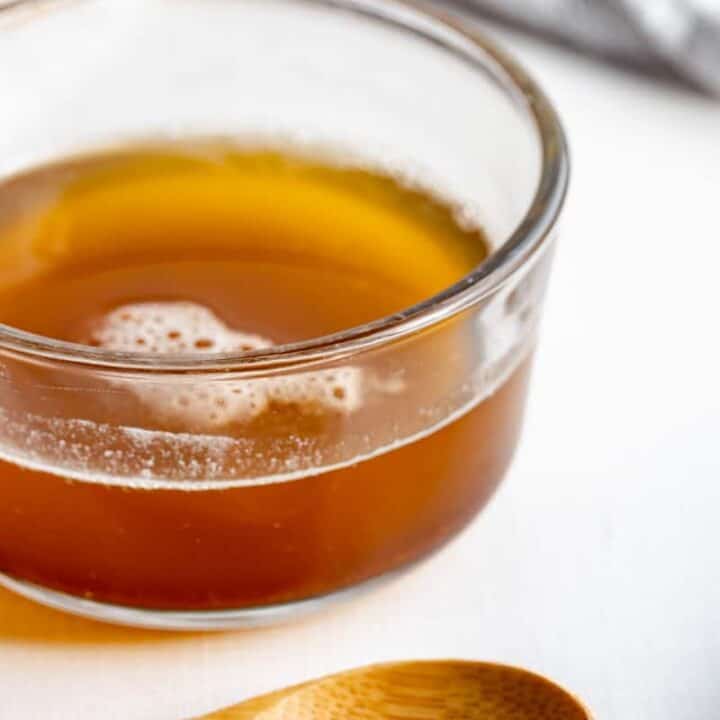
How to make browned butter
A simple recipe for browning butter. Browned butter is the best way to add extra flavor and nuttiness to any dish!
Ingredients
- 1 stick (4 oz) butter, salted or unsalted*
- A small sauce pan or skillet with a light colored bottom
- Rubber spatula or wooden spoon
Instructions
- Add the whole stick of butter to your pan and melt over medium heat.
- Once melted and bubbling, stir frequently to prevent splattering and burning.
- Continue to cook and stir the butter over medium heat for about 5-7 minutes. The foam will start to subside and the milk solids will have separated from the rest of the fat. Once the solids have turned a golden amber color, immediately remove the butter from the heat and transfer it to a small dish.
- Use immediately for a sauce or allow the butter to cool to room temperature for baking.
- Store leftover browned butter in the fridge.
Notes
You can use room temperature or cold butter. Cold butter will just take a minute or two longer to melt.
Nutrition Information:
Yield: 6 Serving Size: 1Amount Per Serving: Calories: 147Total Fat: 16gSaturated Fat: 10gTrans Fat: 1gUnsaturated Fat: 5gCholesterol: 41mgSodium: 218mgCarbohydrates: 2gFiber: 0gSugar: 1gProtein: 0g
